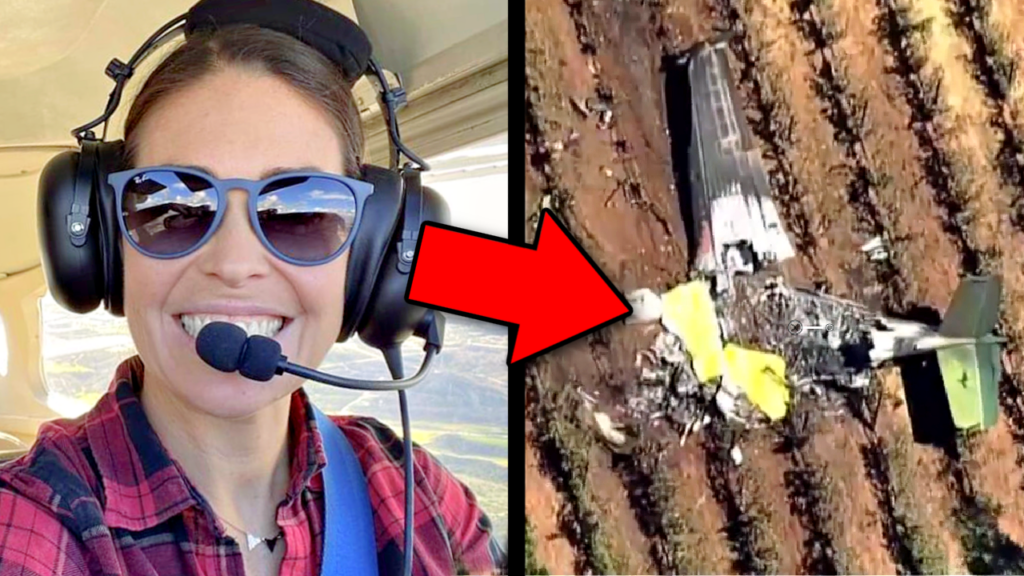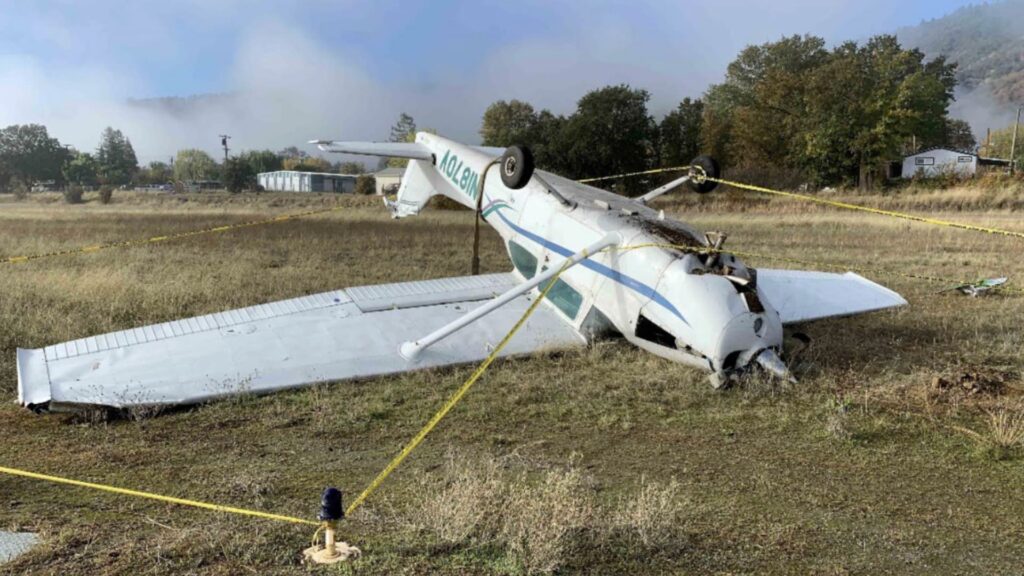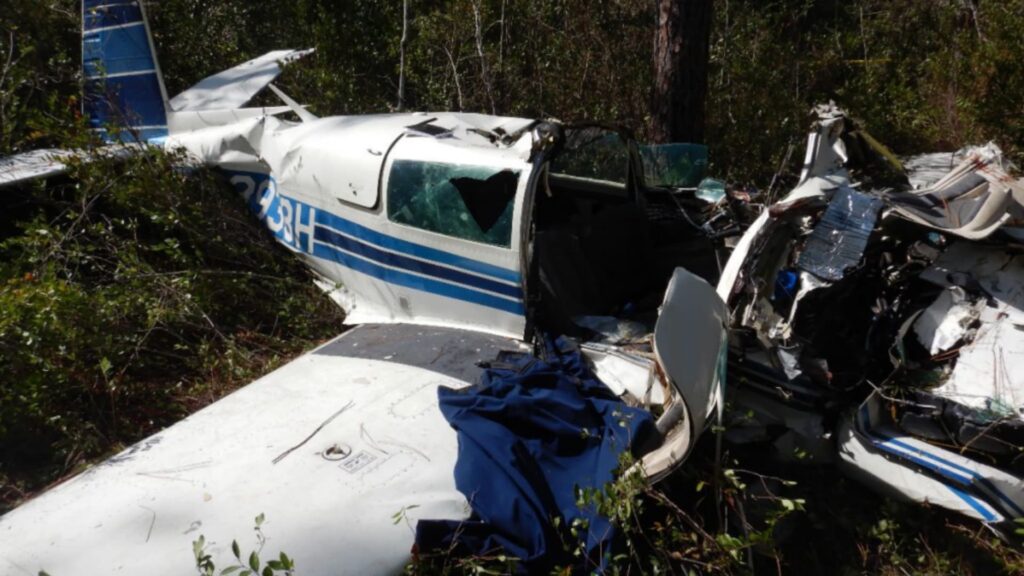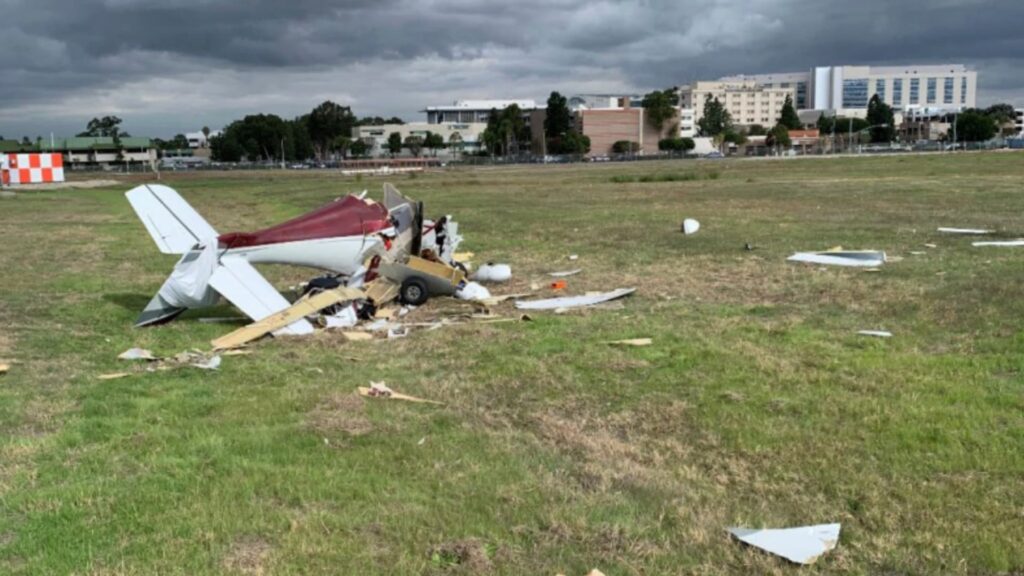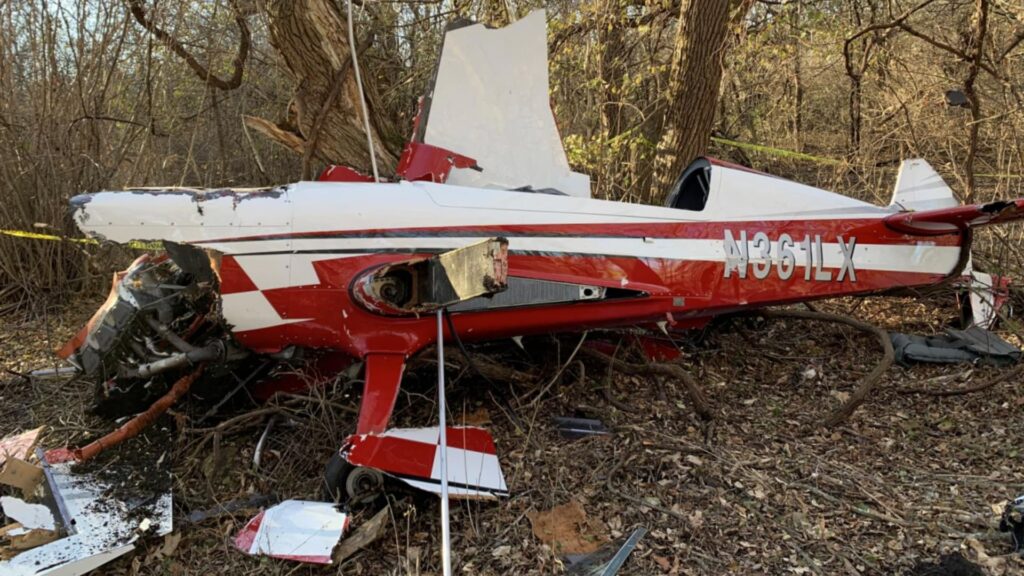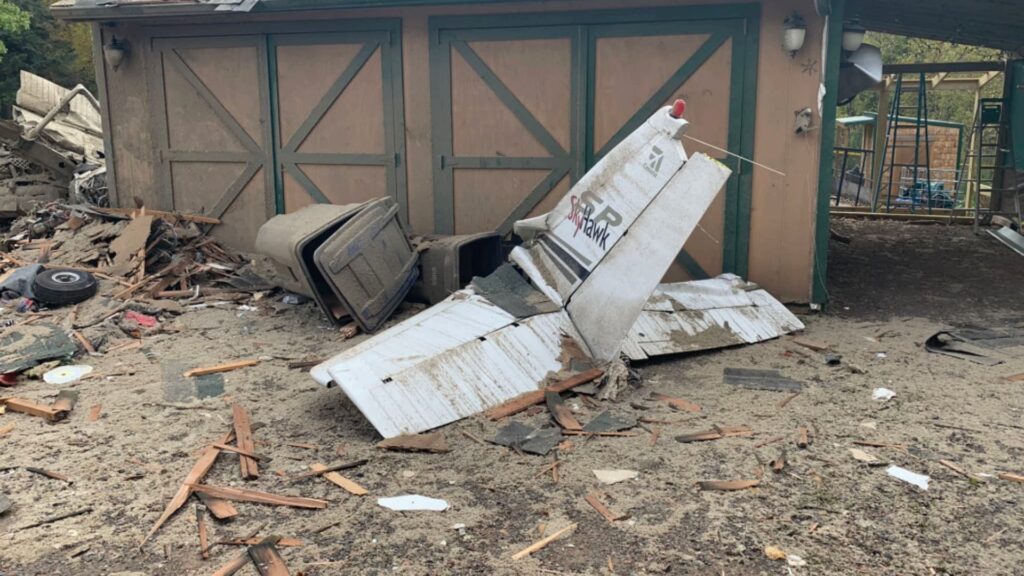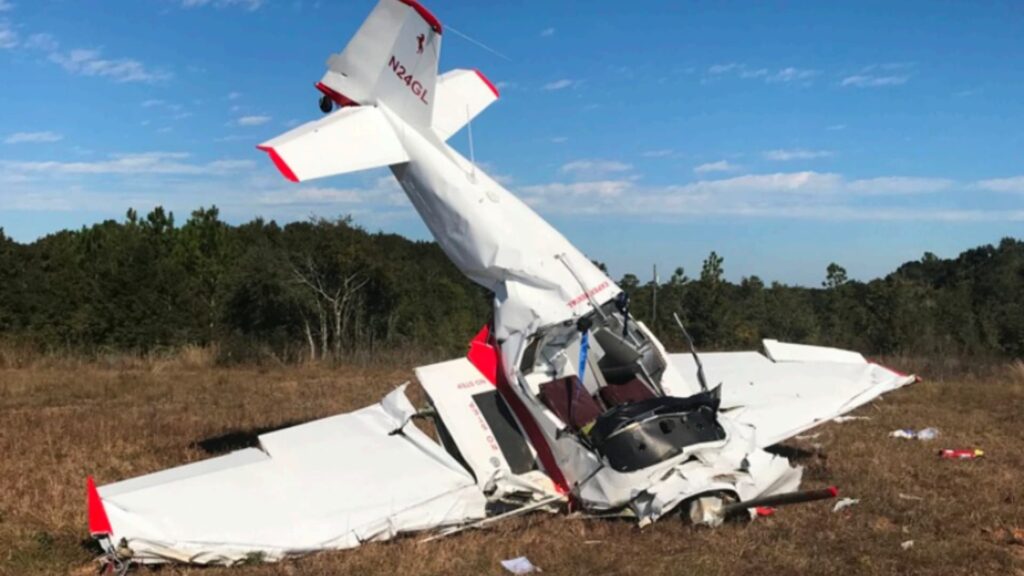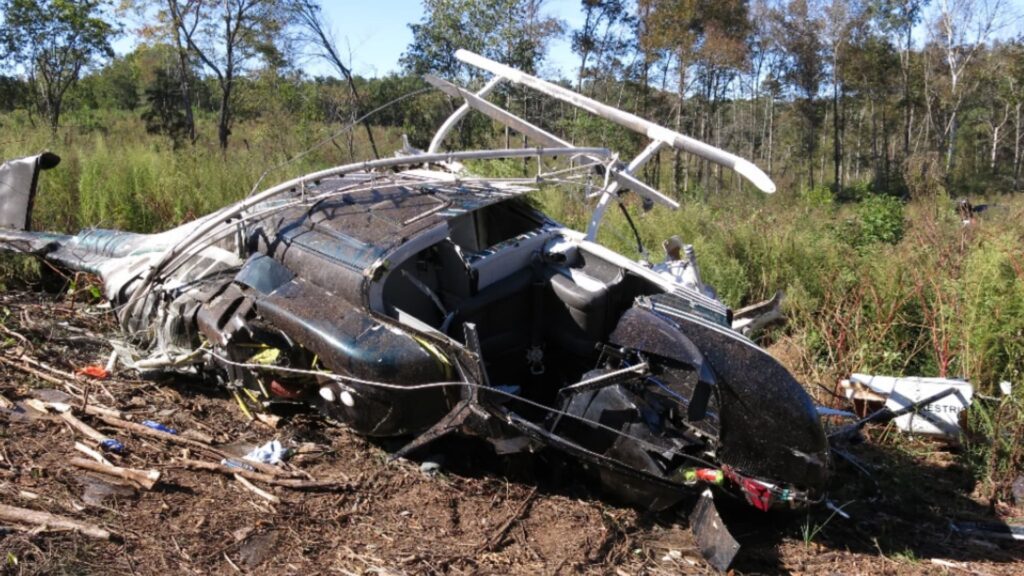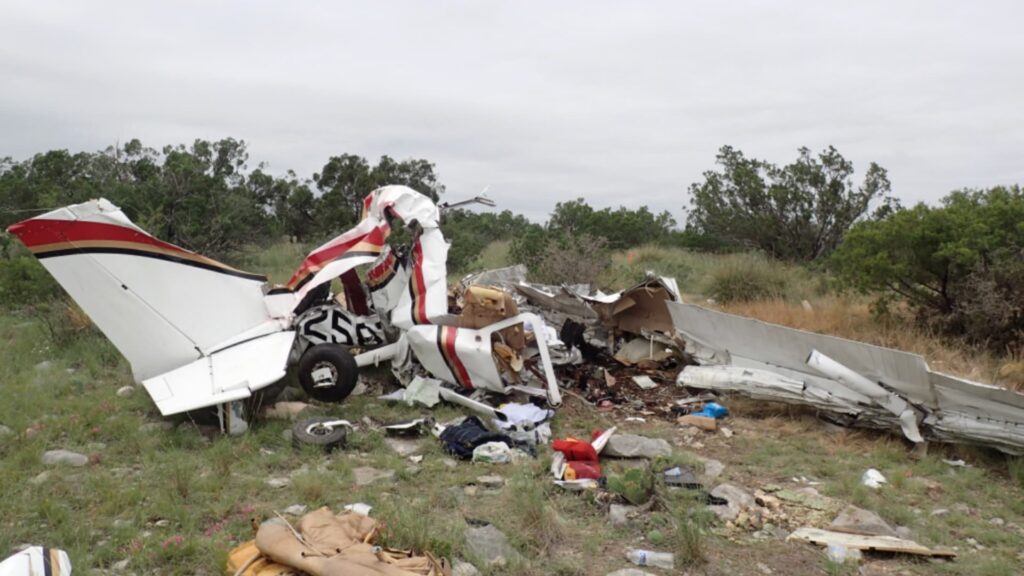On the morning of July 16, 2021, Shauna Waite, her father Robert, and her husband James boarded a Beechcraft V35 Bonanza (N112TW) for what should have been a fun getaway. The plan was to fly from French Valley Airport (F70) in Murrieta, CA, to Angwin Airport (2O3) in Napa Valley.
Shauna, a 37-year-old private pilot, had taken up flying as a tribute to her father, who had been a pilot for decades. That morning, she flew alongside him, eager to learn more about landing techniques in his aircraft. James, 37, her husband, was not a pilot but had joined them for the trip.
What started as an exciting family flight ended in tragedy when the aircraft crashed during an attempted go-around. All three onboard lost their lives.
The NTSB investigation—and a GoPro camera found in the wreckage—revealed exactly what went wrong.
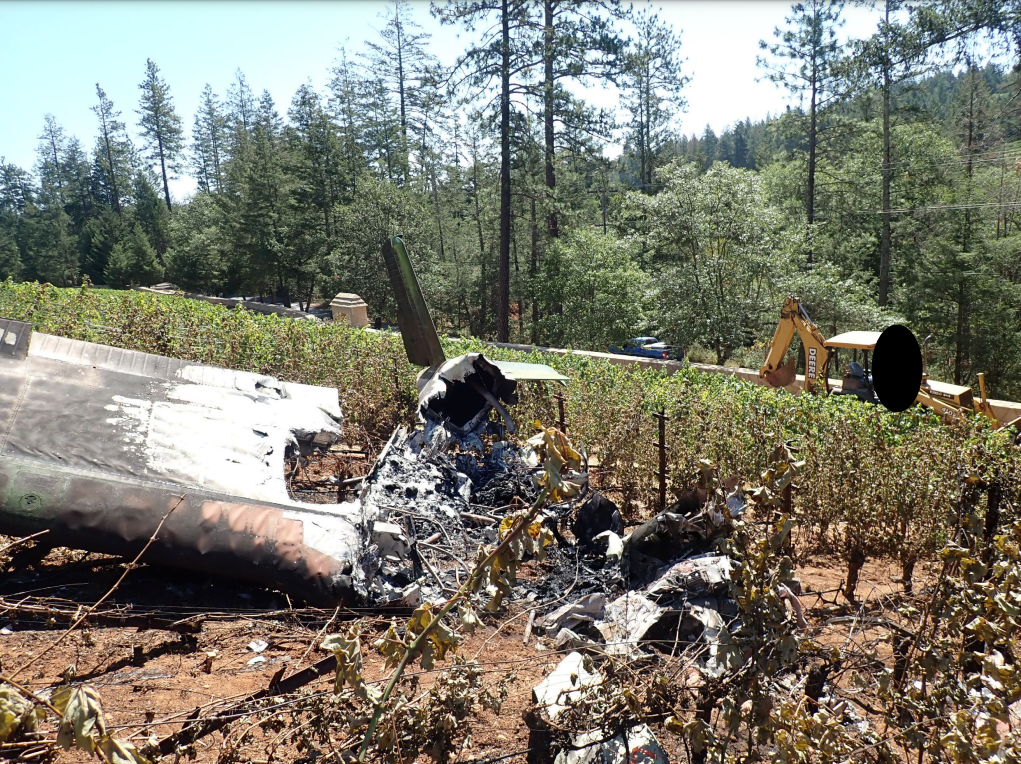
The Flight to Angwin
The Bonanza departed at 6:00 AM, cruising at 9,000 feet for most of the trip. As they approached Angwin Airport, a critical cockpit decision was made—Robert, 73 years old and an experienced pilot, took over the controls from Shauna.
Shauna, still learning the aircraft’s nuances, deferred to her father’s experience, though she was actively asking questions about landing techniques along the way.
🚨 Early Warning Signs:
- Robert struggled to remember the airport’s identifier while talking to ATC.
- He mislabeled the runway number multiple times.
- He initiated descent late, forcing a steeper-than-normal approach.
Shauna, sitting in the left seat, remained engaged but let her father take the lead. She was still responsible for braking, as the right seat had no brake controls.
The Approach to Angwin
As they neared Runway 16, Robert’s approach was fast and high:
✅ Speed on final approach: 100 mph (too fast—should have been 81 mph)
✅ Altitude: 875 feet AGL on short final (too high)
✅ Overshot the runway centerline and had to correct
Despite these warning signs, they continued the landing instead of going around.
🚨 What went wrong on touchdown?
- The aircraft hit the runway hard at 85 mph, leading to porpoising (bouncing).
- Each bounce got worse, increasing the pitch angle.
- Shauna, realizing the situation, suggested a go-around—but phrased it as a question:“Go around?”
- Robert finally applied full power, but it was too late.
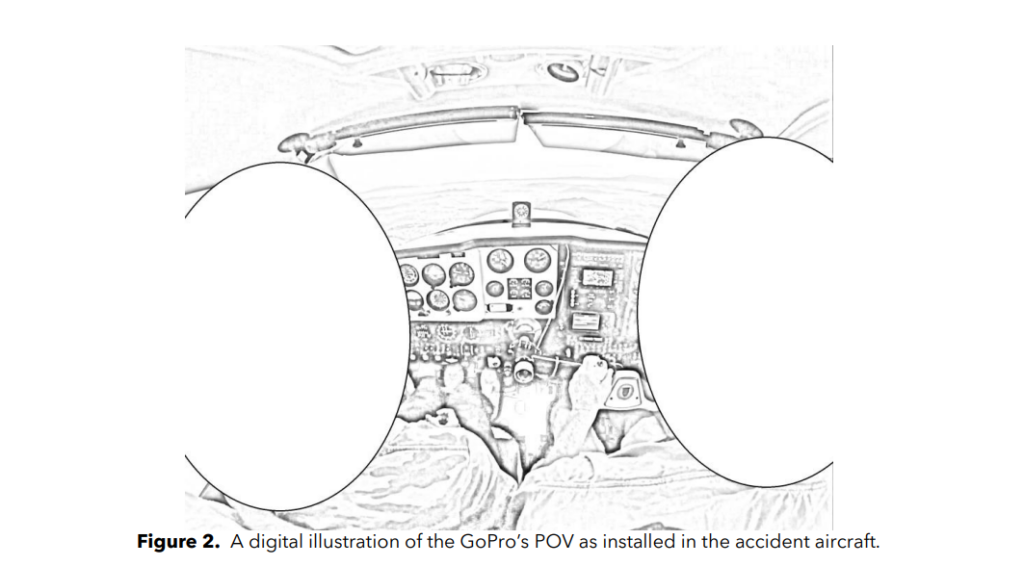
The Hard Landing and Bouncing (Porpoising)
Robert attempted to abort the landing, but he never lowered the nose to gain airspeed.
🔴 Key mistake:
Instead of letting the aircraft accelerate, he pulled back sharply, causing:
- A steep climb
- A rapid loss of airspeed
- An aerodynamic stall
With only 60 mph of airspeed, the aircraft:
1️⃣ Pitched up too steeply
2️⃣ Rolled left
3️⃣ Crashed into trees just half a mile from the runway
A post-crash fire engulfed the wreckage.
What Investigators Found
✅ The aircraft had no mechanical problems—it was fully functional.
✅ The pilot pulled back too hard during the go-around.
✅ The aircraft stalled because it lacked speed.
✅ The approach was unstable, leading to a hard landing.
Probable Cause (NTSB Conclusion)
The pilot exceeded the aircraft’s critical angle of attack during an aborted landing. This caused an aerodynamic stall and crash. The unstable approach contributed to the accident.
Final Thoughts: A Preventable Accident
Shauna wanted to learn from her father, but on this flight, she may have been the more aware pilot.
This crash could have been avoided if:
✅ They had aborted the unstable approach earlier.
✅ Robert had properly executed the go-around.
✅ Clearer cockpit leadership had been established.
The Beechcraft Bonanza is a fast, high-performance aircraft—it requires precision on approach and landing.
This accident is a stark reminder that a go-around is only effective if done correctly. Managing airspeed and pitch control is the difference between a safe recovery and a fatal stall.
Fly safe. 🛫

